
One aspect of early modern medicine that people often have difficulty getting their head around is the use of human body parts as medicinal substances. This could take several forms – it could involve the touch of a live human body, or the use of bits of dead bodies sometimes called ‘Copse Medicine’.
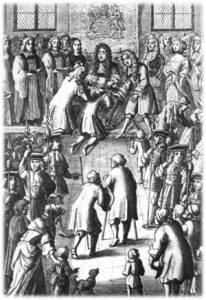 This was a time when the body was still mysterious and was thought have occult (or hidden) powers derived from the natural world. It was believed that the monarchy was imbued with special powers to heal scrofula (affectionately known as the king’s evil) a disease affecting the lymph nodes that caused swellings. Remedies were offered in a range of medical texts to relieve this condition, but people also waited at certain times of the year for the monarch to touch their swollen bodies. As Stephen Brogan has revealed early modern men and women believed that Kings from the time of Edward the Confessor had held this divine power of healing, which was bestowed by God.1 In this case the healing operated as a mimic of the actions of Christ, who healed by laying his hands upon people.2
This was a time when the body was still mysterious and was thought have occult (or hidden) powers derived from the natural world. It was believed that the monarchy was imbued with special powers to heal scrofula (affectionately known as the king’s evil) a disease affecting the lymph nodes that caused swellings. Remedies were offered in a range of medical texts to relieve this condition, but people also waited at certain times of the year for the monarch to touch their swollen bodies. As Stephen Brogan has revealed early modern men and women believed that Kings from the time of Edward the Confessor had held this divine power of healing, which was bestowed by God.1 In this case the healing operated as a mimic of the actions of Christ, who healed by laying his hands upon people.2
In terms of body parts and body products, a whole range of ‘bits’ were thought to be useful. One text included an explanation ‘Of Medicines taken from the Body of Man, or the little World’, again emphasising the connection to the natural world.3 Of these the authors wrote that
These medicaments are taken out of a Live Man, or from a dead man. From a live man, we have Hairs, Nails, Spittle, Ear-wax, Milk, Seed, Blood, Menstrual Blood, Secondines, Urine, Dung, Lice, Wormes, Stones of Bladder & Kidneyes, &c. From a dead man, Skin, Fat, Scul, Brain, Teeth, Bones Mummy.4
Remedies including such items were recommended in printed texts, and recorded in manuscript collections. One cheap medical text Dr Trigg’s Secrets, Arcana’s & Panacea’s published in 1665 suggested the following remedy for the falling sickness (akin to epilepsy):
For the falling Sickness
Take that part of a womans Scull that groweth on the hinder part of the head (it is whiter then the rest of the scull) beat it very fine, and give the party (in sirrup of violets) as much as a pease at a time.5
Dr. Lowers … Receipts printed in 1700 recommended two remedies that were supposed to contain ‘Mummy’, mummified flesh. Including on for a bruise
Take of Red Coral, Dragons Blood, Trish slate and Mummy, of each half an Ounce … 6
Likewise Nicholas Culpeper’s Physical Directory included several cerecloths and plasters made with mummified flesh.7 How far people were able to acquire actual mummy flesh is questionable. This was even in question at the time. Alexander Ross queried whether anyone could get hold of real mummy because ‘true Mummy which was found in the Tombes of the Aegyptian Kings, which were embalmed with divers pretious liquors and spices, are spent long agoe, so that Mummy now in use is only the substance of dried karkasses digged our of the sands.’8
As the outline above suggested, body products were also thought to be useful in a range of medical settings – but often appear in diagnostic remedies. Fertility and pregnancy could both be tested using urine. One Somersetshire recipe outlined that to know if a woman had conceived you should put a new laid egg into the woman’s urine, if the woman was with child a white line or sand would appear on the egg. The same book recommended ‘the milke of a woman when she is quick’ inside ragwort leaves to try to determine the sex of the developing child.9
The copses of hanged men were thought to be especially potent. People thus waited at executions to see if they could acquire body parts. LIke with the King’s evil they also waited to be ‘touched’ by the corpse. Owen Davies and Francesca Matteoni have recently investigated this phenomenon (you can read their article for free here), which endured from the seventeenth century through to the nineteenth century.10 They have found that this ‘stroking’ was again employed to cure skin tumours, scrofula and other swellings.11
If this has wetted your appetite for gruesome early modern copse medicine, then you might want to read this blog post from Atlas Obscura or watch this episode of Under the Knife with Dr Lindsey Fitzharris:
_____________________
1. Stephen Brogan, ‘The Royal Touch’, History Today 61.2 (2011), 46.
2. Ibid, 47.
3.Nicholas Culpeper, The Idea of Practical Physick in Twelve Books ( London, 1657), p.9.
4. Ibid.
5. Dr Trigg’s Secrets, Arcana’s & Panacea’s (London, 1665), p. 53.
6. Dr. Lowers and several other eminent physicians Receipts … (London, 1700), p. 11.
7. Nicholas Culpeper, A Physicall Directory … (London, 1649), p.151, 295.
8.Alexander Ross, Arcana Microcosmi: or, the hid secrets of man’s body (London, 1652), p. 263.
9. SHC, DD/X/FW1 C/1751, Recipe Book Medical late 17th early 18th century.
10. Owen Davies and Francesca Matteoni, ‘A virtue beyond all medicine’: The Hanged Man’s Hand, Gallows Tradition and Healing in Eighteenth- and Nineteenth-century England’, Social History of Medicine, doi:10.1093/shm/hkv044.
11. Ibid.
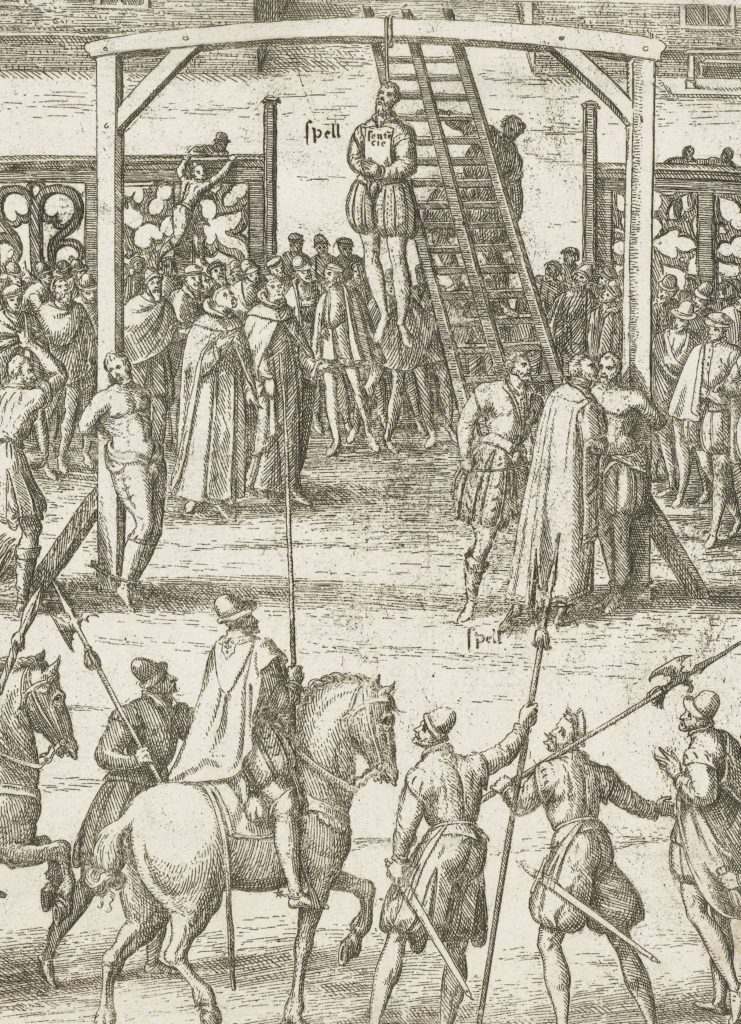
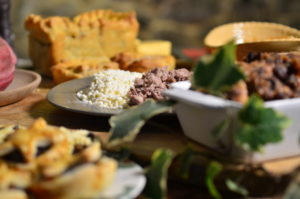
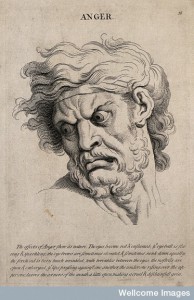
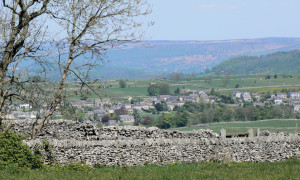

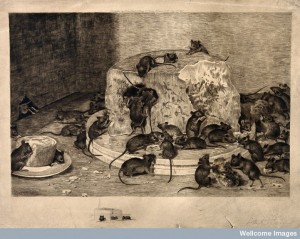
2 thoughts on “Dead Useful”
Comments are closed.